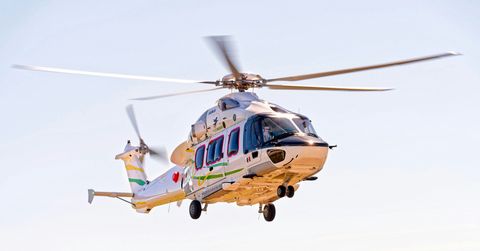The H160M takes shape
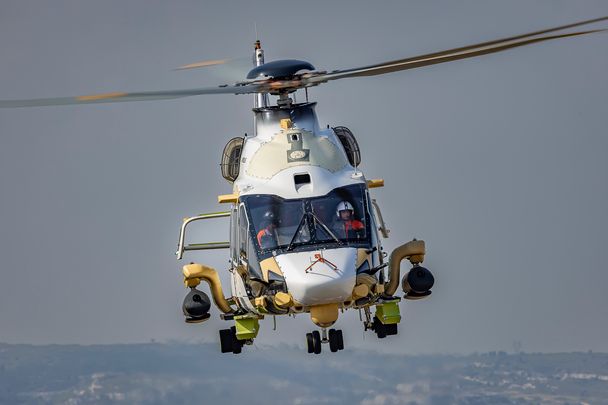
In July, final assembly of the first H160M prototype began at Airbus Helicopters’ site in Marignane. In the meantime, system integration is moving forward with bench testing and in-flight aerodynamic testing.
July 4 was an emotional moment for the Airbus Helicopters personnel in Donauwörth as they bid farewell to the first Major Component Assembly (MCA), the main fuselage, of the first militarised H160. After being assembled and tested in Germany, this fuselage was sent to Marignane, France, where it will be used in the assembly of the first prototype of the H160M. Airbus Helicopters will build three H160M prototypes that will be used to develop the military version of the latest helicopter in the Airbus range. Assembly will take place in the following months, with the first flight of this prototype scheduled for 2025.
Each H160 and H160M is made up of four MCA, which are built and assembled at Airbus Helicopters’ site in Germany before final assembly of the rotorcraft in Marignane. The main fuselage comes from Donauwörth, the blades from Paris le Bourget (France), the tail boom from Albacete (Spain) and the main gear box from Marignane.
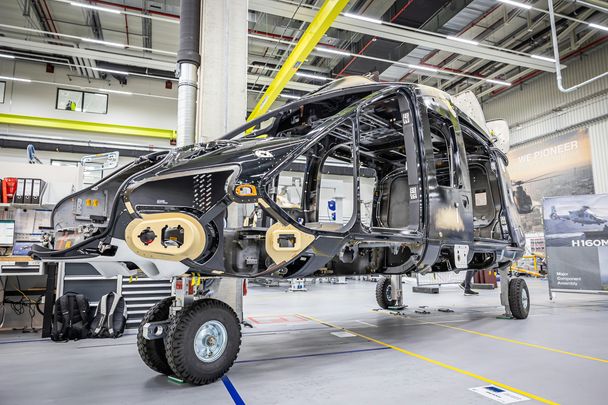
In December 2021, the French Armament General Directorate (DGA) signed a contract with Airbus Helicopters for the development and procurement of the H160M in the frame of the Light Joint Helicopter programme (HIL). The contract includes the development of several prototypes and the delivery of a first batch of 30 aircraft (21 for the army, 8 for the navy and one for the air force). The French Ministry for the Armed Forces plans to order a total of 169 H160M helicopters, or “Guépard” as coined by the French Armed Forces.
Since then, Airbus Helicopters has been working closely with the DGA, the armed forces, and its industrial partners on the development of the programme. A “system helicopter zero” test bench has been built, reproducing the cockpit of the aircraft, and connecting it to the real systems that will be used onboard the H160M. With this test bench, the systems can actually be physically integrated and tested. For instance, the test bench now integrates the HForce equipment, and Safran has already supplied the Euroflir 410 electro-optical system. Thales has also supplied the FlytX flight deck feature. This new-generation avionics and mission suite for helicopters had previously been tested in flight by Thales. The list of systems that have already been delivered and integrated also includes Thales’ TopOwl helicopter pilot head-up display helmet, an inertial navigation system, communication systems and the global navigation satellite system (GNSS).
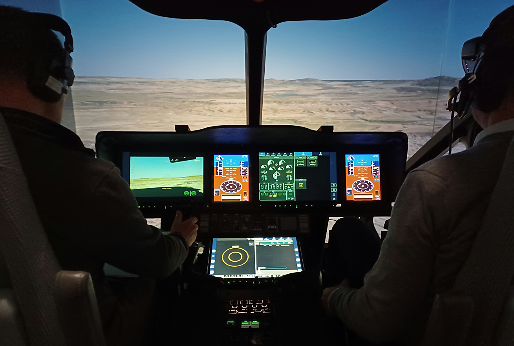
Meanwhile, tests have also been conducted while in flight. Mockups of the sensors, communication antennas, electronic warfare systems and the landing gear of the H160M have been mounted on an Airbus H160 prototype for aerodynamic testing. Digital simulations can’t replace real life testing when it comes to measuring the aerodynamic impact of these equipment on the helicopter’s in-flight performance. These tests are also used to assess that every system has been placed in the right position.
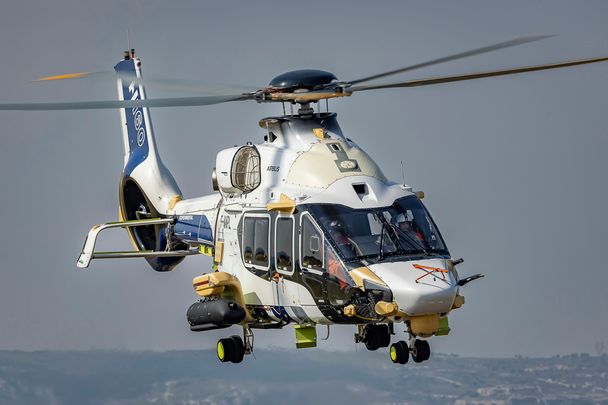
In June 2024, the French Navy announced that an integrated in-flight test team had been set up with personnel from the armed forces and Airbus Helicopters. This team is already preparing the next phases of the development and test programme of the H160M. They have been working on a pre-serial H160 to test some of the autopilot modes that will also be available on the H160M.



